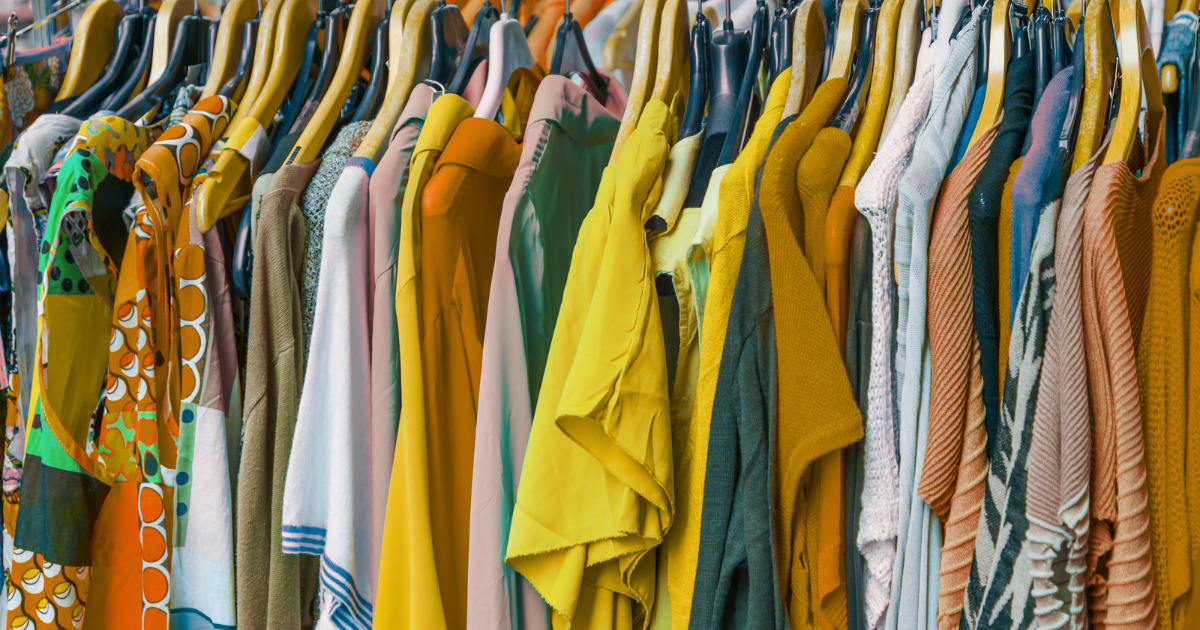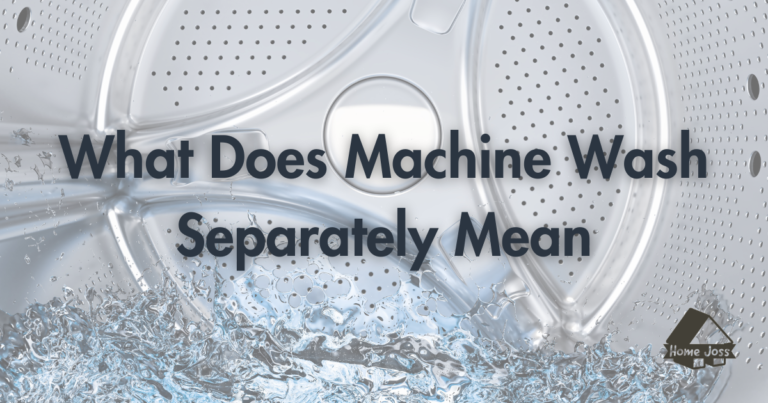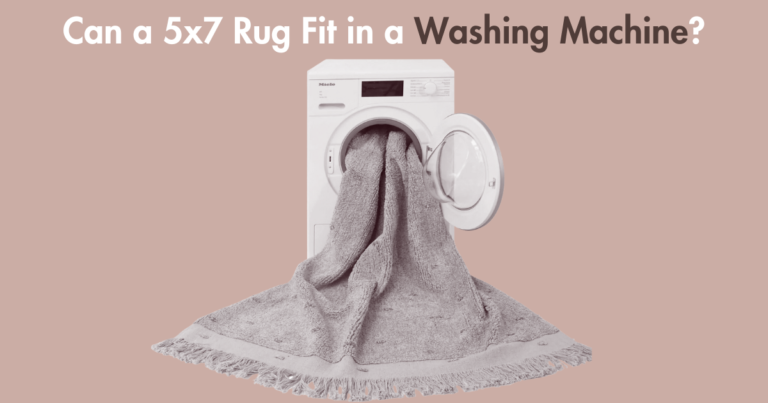The frequency of washing clothes depends on the type of garment and how often it’s worn. Generally, undergarments should be washed after each wear, while jeans can be washed less frequently.
Regularly worn items like shirts and blouses benefit from washing after one or two wears. However, outerwear and clothes worn briefly can be washed less often.

How Often Should You Wash Your Clothes?
Washing your clothes at the right frequency is important for maintaining both hygiene and the longevity of your garments. Undergarments and socks should be washed after each wear due to their direct contact with your skin and sweat.
Similarly, workout clothes are exposed to sweat and bacteria, so it’s best to wash them after each use. Jeans, on the other hand, don’t require as frequent washing; you can wash them every four to five wears unless they get visibly dirty or start to smell.
T-shirts, blouses, and tops, which are in direct contact with your skin, should ideally be washed after one or two wears.
Dress pants and slacks can be worn three to four times before they need washing, provided they aren’t stained or smelly.
Dresses follow a similar rule, although formal dresses worn to events might need to be cleaned after each wear. Outerwear like jackets and coats don’t require frequent washing; once a season or when they are visibly dirty is usually sufficient.
Bed linens should be washed weekly to remove sweat, oils, and skin cells.
Bath towels should be hung to dry after each use and washed after three to four uses, while hand towels may need more frequent washing depending on their usage. Children’s clothes, especially for younger kids, often get dirtier faster and might need washing after every wear.
It’s important to remember that over-washing can reduce the lifespan of your clothes. Always check the care label for specific washing instructions to ensure you’re caring for your garments properly.
Adjusting your laundry habits not only saves time but also helps reduce wear and tear on your clothes and conserves water and energy, benefiting the environment.






